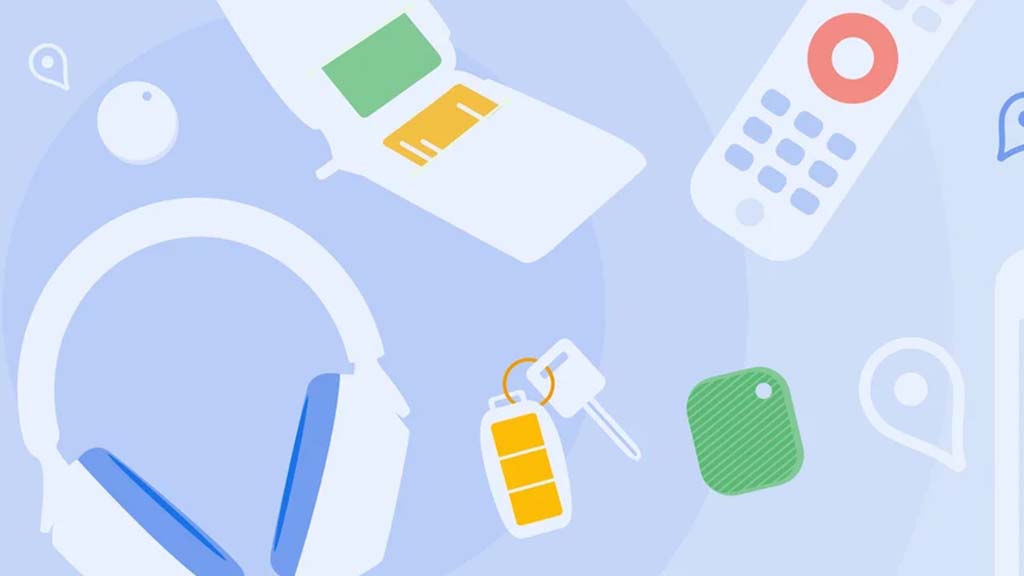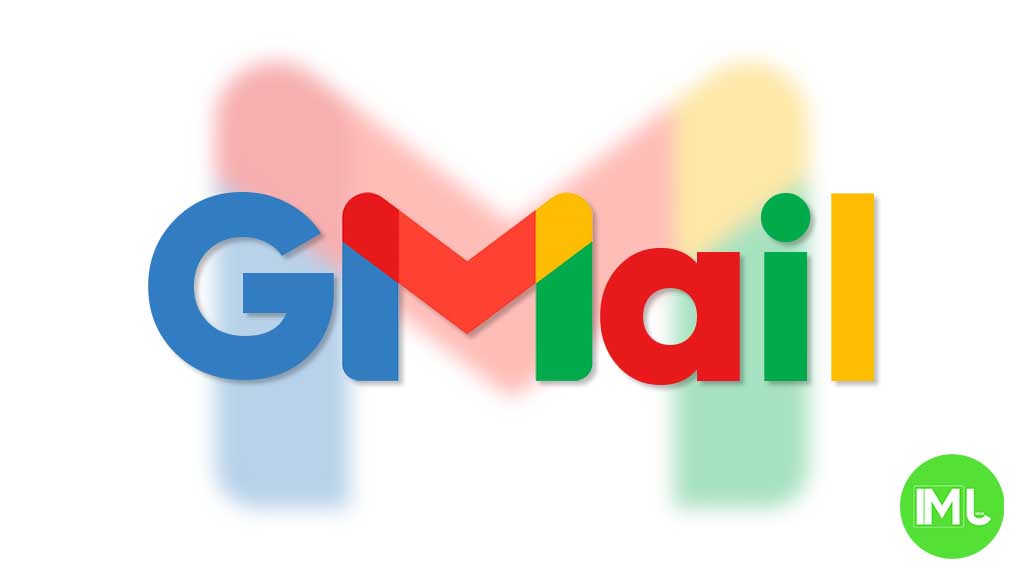The Shifting Sands of Search: Scrutiny on Google’s practices in Japan

The digital landscape is constantly evolving, and with it, the scrutiny placed upon its dominant players. Recently, whispers have been circulating about potential antitrust concerns surrounding Google’s search practices in Japan. While official announcements are pending, the murmurings suggest a deeper examination of how search engines, particularly Google, interact with device manufacturers and shape user experiences. This exploration delves into the potential issues at play and considers the broader implications for the future of search.
For years, the pre-installation of certain apps on new devices has been a standard practice. This often includes search engines, browsers, and other commonly used tools. While this offers convenience to users, it also raises questions about fair competition.
If a search engine is pre-installed and prominently placed, does it create an unfair advantage, potentially hindering the visibility and usage of competing search platforms? This is the core of the discussion surrounding Google in Japan.
The potential investigation by the Japan Fair Trade Commission (JFTC) reportedly focuses on the agreements between Google and Android device manufacturers. It’s suggested that these agreements might include requirements for pre-installing Google Search and placing it in a prominent position on the device’s home screen. Such an arrangement could significantly influence user behavior, as the readily available search bar becomes the default entry point for online queries.
The Android ecosystem, with its open-source nature, has fostered innovation and diversity in the mobile market. However, the reliance on Google Mobile Services (GMS), which includes the Google Play Store, creates a complex dynamic. Device manufacturers often seek GMS certification to provide access to the Play Store, a crucial distribution channel for apps. This certification process may involve agreements regarding the pre-installation of Google apps, including Search.
The concern is that these agreements could stifle competition. If manufacturers are incentivized or required to prioritize Google Search, it becomes more challenging for other search engines to gain traction. This could limit user choice and potentially hinder innovation in the search space. The JFTC’s reported investigation is likely exploring whether these practices constitute an abuse of dominance, creating an uneven playing field for competitors.
Furthermore, reports suggest that financial incentives might be part of these agreements. It’s alleged that Google may offer revenue sharing to manufacturers who exclusively pre-install Google Search. This practice could further discourage manufacturers from exploring alternative search options, reinforcing Google’s market dominance.
The implications of this potential investigation extend beyond Japan. It reflects a growing global concern about the power of large tech companies and the need for regulatory oversight to ensure fair competition. Similar investigations and legal challenges have emerged in other regions, highlighting the increasing scrutiny on the practices of dominant players in the digital economy.
The dominance of Google Search in Japan, as in many other countries, is undeniable. Market share statistics consistently show Google holding a significant lead over its competitors. While this dominance is partly attributed to the quality and effectiveness of Google’s search technology, the potential influence of pre-installation agreements and other business practices cannot be ignored.
The outcome of the JFTC’s reported investigation could have significant consequences. If the commission finds anti-competitive practices, it could issue orders requiring Google to modify its agreements with device manufacturers. This could lead to greater choice for consumers and a more competitive search landscape. It could also set a precedent for other regulatory bodies around the world, influencing how they approach similar issues.
In conclusion, the potential scrutiny on Google’s search practices in Japan raises important questions about competition, user choice, and the role of regulatory oversight in the digital age. While official announcements are awaited, the ongoing discussion underscores the need for a balanced approach that fosters innovation while ensuring a level playing field for all players in the search market.
The evolving digital landscape demands constant vigilance and adaptation to ensure a fair and dynamic online environment. This situation in Japan serves as a crucial case study in the ongoing debate about the balance between market dominance and fair competition in the digital realm.
Android
Android’s Find My Device speeds up with UWB coming soon

Google’s Find My Device network for Android has gotten a big boost, making it much quicker to locate misplaced items. Recent checks show it’s now four times faster than it used to be, keeping up with Apple’s AirTags in crowded spots like malls or events. For instance, at CES 2025, a tracker tucked in a bag updated its location just as fast as an AirTag nearby. This speed-up is thanks to more Android users turning on tracking for all locations, not only busy areas, which helps the system spot items more reliably.
In less crowded places, the network can still have trouble since fewer Android phones are nearby to share location signals. But Google’s working on this by nudging users through app alerts to enable tracking in quieter spots. Plus, recent updates to tracker software and apps have made connections more stable and accurate.
Looking ahead, Google’s gearing up to roll out ultra-wideband (UWB) technology. This will let you find items with pinpoint accuracy, even within a room, using cool augmented reality (AR) visuals, much like Apple’s setup. The Moto Tag, a tracker ready for UWB, is already available, just waiting for Google to activate this feature. Not all Android phones support UWB yet, but future models like the Pixel 10 might include it. These changes prove Google’s determined to make its Find My Device network a top choice for tracking lost stuff.
Gmail and Google Photos get new design and useful updates

Google is giving Gmail and Google Photos some fresh updates to make things easier and more user-friendly.
First, Gmail on the web is now getting a new layout option. You can choose between “Cozy,” “Comfortable,” or “Compact” views based on how much space you want between your emails. Google is also adding a setting to control whether your inbox and labels stay on screen or only show up when needed. These changes make it easier to personalize how Gmail looks and feels.
Meanwhile, Gmail for iPhone is getting a visual upgrade. The app now uses Google’s updated design style called “Material 3.” You’ll notice a cleaner look with a rounded search bar at the top, smoother icons, and better spacing. Although the bottom bar and buttons look mostly the same, the overall design feels more modern and easier on the eyes.
Lastly, Google Photos is bringing back a helpful feature. The classic search shortcut that appears in the bottom bar is returning, making it quicker to find your photos. Before this, the shortcut had been removed when Google added the new “Memories” tab. Now, both features work together, letting you browse memories and search with ease.
These updates aim to make Google’s apps feel more useful, clean, and easier to use on both desktop and mobile.
Android
Android 16 boosts USB data safety and fixes delayed notifications on Pixel phones

Google’s upcoming Android 16 update is bringing better security and some helpful improvements, especially for Pixel phone users. One of the main features in Android 16 is a new way to protect your phone’s data when it’s connected to a computer through USB. Right now, when you plug your phone into a PC or laptop, it can access all your data as long as you approve it.
With Android 16, Google is adding an extra security layer that only allows limited access unless you enter your PIN, password, or use your fingerprint. This will help protect your files if someone tries to access your phone without permission.
At the same time, Google is also working on a fix for a frustrating issue that some Pixel users have been facing for months — delayed notifications. After the April 2024 update, many users noticed that app alerts were not showing up on time, especially from messaging apps. Google has confirmed the problem and says a fix will be included in a future update, though it’s not in the current April patch yet.
Together, these changes show that Google is focusing on both stronger privacy and a smoother experience for Android and Pixel users. Android 16 is expected to roll out later this year, starting with developer previews.
-

 Apps1 year ago
Apps1 year agoGboard Proofread feature will support selected text
-

 News1 year ago
News1 year agoSamsung USA crafting One UI 6.1.1
-

 News1 year ago
News1 year agoBreaking: Samsung Galaxy S22 may get Galaxy AI features
-

 News1 year ago
News1 year agoSamsung Galaxy S23 Ultra with One UI 6.1 and all S24 AI features revealed
-

 News1 year ago
News1 year agoOne UI 6.1 Auracast (Bluetooth LE Audio) feature coming to many Samsung phones
-

 News1 year ago
News1 year agoSatellite SOS feature coming to Google Pixel phones, evidence leaked
-

 Apps11 months ago
Apps11 months agoGoogle’s fancy new Weather app is finally available for more Android phones
-

 News1 year ago
News1 year agoGoogle Pixel evolves as Europe’s third best selling flagship










